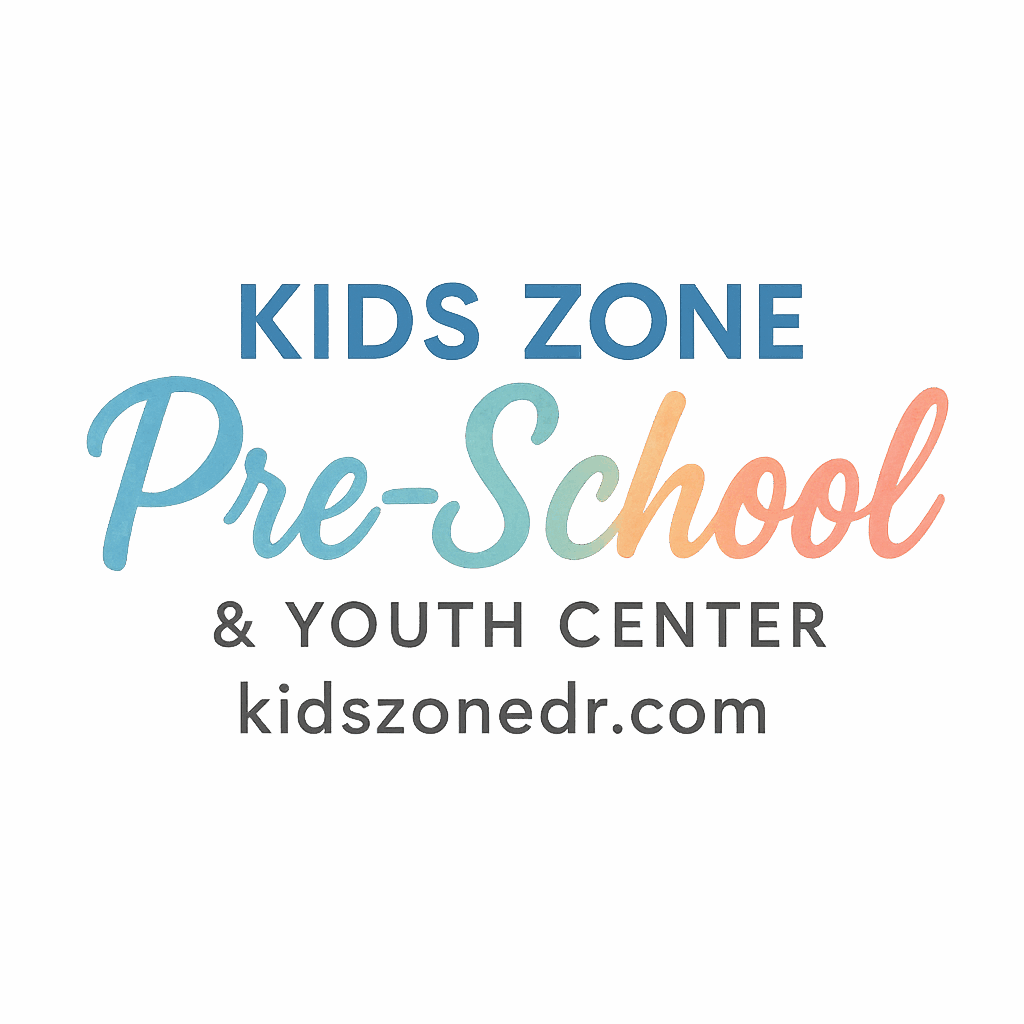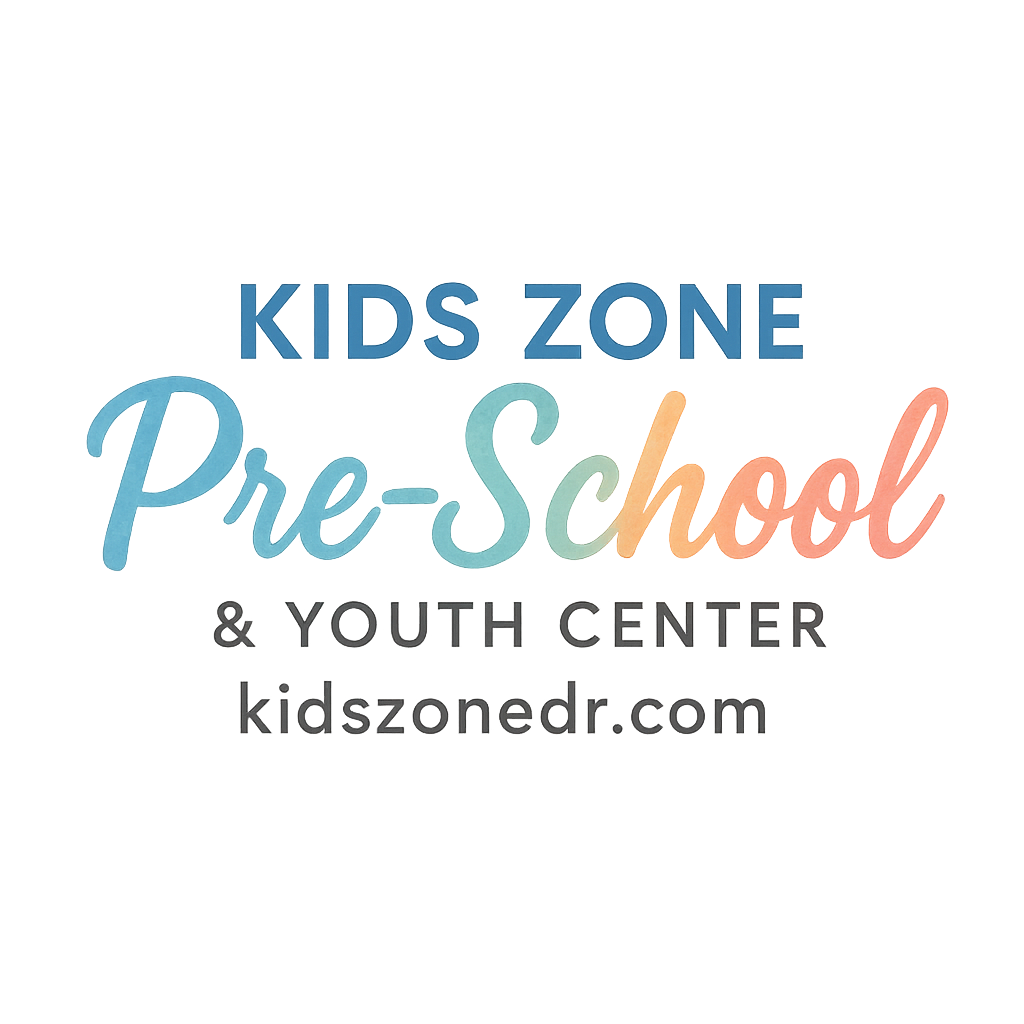When it comes to early childhood education, the tools we use matter just as much as the lessons themselves. Store-bought toys and preschool learning kits can be great, but sometimes the best learning resources are the ones you create at home. That’s where DIY preschool and youth center learning tools come into play—they’re fun, cost-effective, and surprisingly powerful for your child’s development.
In this guide, we’ll explore 12 DIY preschool and youth center learning tools that parents can easily make. These hands-on activities not only boost learning but also strengthen the bond between parents and kids.
Why DIY Learning Tools Matter in Early Childhood Development
Children are natural explorers. They learn by touching, building, and experimenting with their environment. When you make DIY tools, you’re giving them opportunities to practice essential skills in a playful way.
Unlike screen time or passive toys, DIY activities keep kids engaged and active, nurturing both their minds and bodies.
How Hands-On Activities Shape a Child’s Growth
Building Confidence Through Play
Every time your child solves a puzzle or matches a shape correctly, they feel a surge of accomplishment. DIY tools make these moments frequent and meaningful, boosting self-esteem.
Encouraging Creativity at Home and in Youth Centers
Creativity isn’t limited to painting or drawing. With DIY learning tools, kids can experiment with problem-solving, storytelling, and imaginative play. Youth centers often encourage such activities because they help children develop social, emotional, and cognitive skills.
Essential Considerations Before Making DIY Tools
Safety First: Materials and Child-Friendly Designs
Always use non-toxic materials. Avoid sharp edges, choking hazards, or small detachable parts for toddlers. Safety should be your top priority.
Age Appropriateness and Engagement
Choose activities that match your child’s developmental stage. A 2-year-old won’t need the same tools as a 5-year-old.
Integrating Daily Routines with Learning
DIY tools can easily fit into daily routines. For example, alphabet flashcards can be used during morning play, while a chalkboard wall can become part of a bedtime storytelling ritual.
12 DIY Preschool & Youth Center Learning Tools for Parents
Let’s dive into the fun part—the DIY tools you can start building today!
1. Alphabet & Number Flashcards with a Twist
Instead of buying flashcards, make your own using cardboard. Add textures like sandpaper for numbers or fabric for letters. Kids not only see but also feel the symbols.
2. Sensory Bins Using Household Items
Fill a box with rice, beans, pasta, or safe water beads. Add spoons, cups, or small toys for scooping and sorting. Sensory bins are great for fine motor skills and calming activities.
3. Shape Sorting Box Made from Cardboard
Cut shapes into a shoebox and provide matching cut-outs. Kids practice problem-solving while learning geometry basics.
4. DIY Musical Instruments for Rhythm Play
Use empty cans, plastic bottles, or rubber bands to make drums, shakers, and guitars. Music improves rhythm, coordination, and memory.
5. Storytelling Puppets from Socks & Paper Bags
Turn old socks or brown bags into puppets. Kids can create characters and perform mini-plays, enhancing language development and confidence in child talk.

6. Color Matching Clothespin Game
Paint clothespins in different colors and ask kids to match them to corresponding color cards. This improves hand-eye coordination and color recognition.
7. Homemade Playdough for Fine Motor Skills
Mix flour, salt, water, and food coloring to create playdough. Add scents (like vanilla or lemon) for a sensory twist.
8. Learning Wall with Velcro Letters & Numbers
Stick Velcro strips on a wall and create letters/numbers from felt. Kids can rearrange them endlessly to form words or solve number puzzles.
9. Emotion Wheels to Teach Feelings
Draw a wheel with different facial expressions. Spin it and talk about the emotions. This helps kids develop emotional intelligence, a key part of confidence and social growth.
10. DIY Balance Beam for Gross Motor Skills
Use a wooden plank on the ground or a taped line indoors. Walking across improves balance and coordination, essential for preschool growth.
11. Nature Collection Box for Outdoor Learning
Give your child a box to collect leaves, rocks, or flowers. Then, discuss textures, colors, and shapes. This connects them to nature while encouraging curiosity.
12. Chalkboard Wall or Portable Chalkboard
Paint part of a wall with chalkboard paint, or make a portable version from plywood. This becomes a canvas for drawing, math practice, or free play.
Integrating DIY Tools in Preschool & Youth Center Activities
Aligning with Preschool Routines
Many of these tools can fit into structured daily schedules used in preschools. For example, story puppets during circle time or flashcards before snack breaks.
Enhancing Social Skills in Group Settings
DIY tools can be used in classroom activities where children collaborate, share, and learn teamwork.
Parent-Teacher Collaboration on DIY Projects
Parents and teachers can work together to introduce tools across home and school environments. This partnership builds consistency and supports parental involvement.
Benefits of Using DIY Tools for Parents and Kids
Cost-Effective Learning Solutions
DIY learning tools are budget-friendly alternatives to store-bought kits, proving that effective learning doesn’t have to be expensive.
Strengthening Parent-Child Bond
When parents craft learning tools with kids, they create shared memories. This strengthens the parenting journey.
Supporting Academic Milestones at Home
DIY tools reinforce preschool lessons at home, helping kids achieve their learning milestones faster.
Additional Tips for Parents Creating DIY Tools
Rotate Activities to Avoid Boredom
Kids love novelty. Rotate between DIY tools weekly to keep learning fresh and exciting.
Encourage Kids to Participate in Making Tools
Involve children in making puppets, decorating flashcards, or painting boxes. They learn creativity and responsibility in the process.
Use DIY Tools to Reinforce Healthy Habits
For example, create a visual healthy eating chart or hygiene checklist with Velcro icons.
Conclusion
DIY preschool and youth center learning tools aren’t just fun crafts—they’re powerful growth boosters. They nurture creativity, confidence, problem-solving, and emotional intelligence while making learning accessible and enjoyable. Whether at home or in a youth center, these 12 DIY tools prove that sometimes the best educational resources are the ones made with love (and a little imagination).
So, grab some cardboard, clothespins, and paint—and start building your child’s learning adventure today!
FAQs
1. What age group benefits most from DIY learning tools?
Children between ages 2–6 benefit the most, though older kids in youth centers can also enjoy advanced DIY projects.
2. Are DIY tools safe for toddlers?
Yes, as long as you use child-safe, non-toxic materials and supervise playtime.
3. How often should I introduce new DIY activities?
Rotating activities every 1–2 weeks keeps kids engaged without overwhelming them.
4. Can DIY tools replace preschool programs?
No, but they complement structured preschool learning. Check out choosing the right preschool to see how DIY can blend with formal education.
5. Do youth centers encourage DIY learning?
Absolutely! They often integrate group-based DIY projects to enhance social and academic skills.
6. What are the cheapest DIY tools to start with?
Flashcards, puppets, and sensory bins are the most affordable options using items already at home.
7. How do DIY learning tools support long-term development?
They foster problem-solving, creativity, motor skills, and emotional intelligence—skills that last well beyond preschool years.


